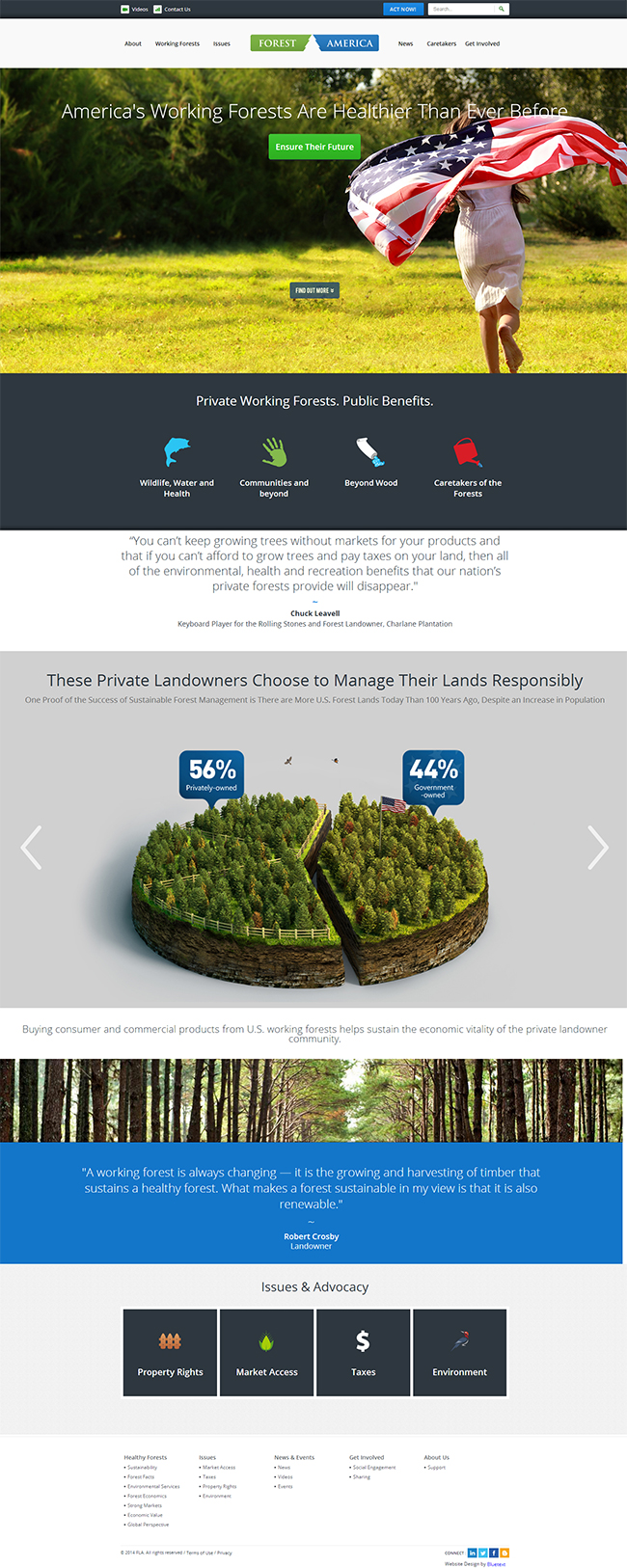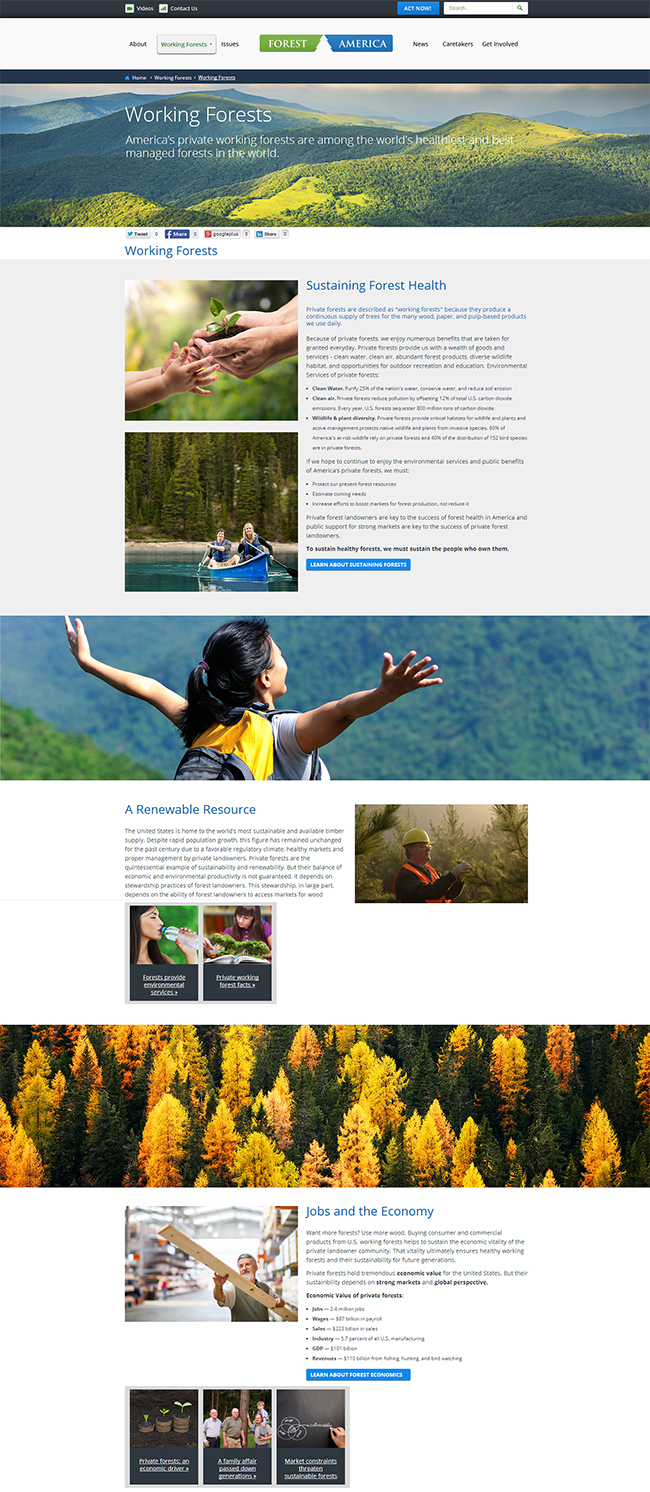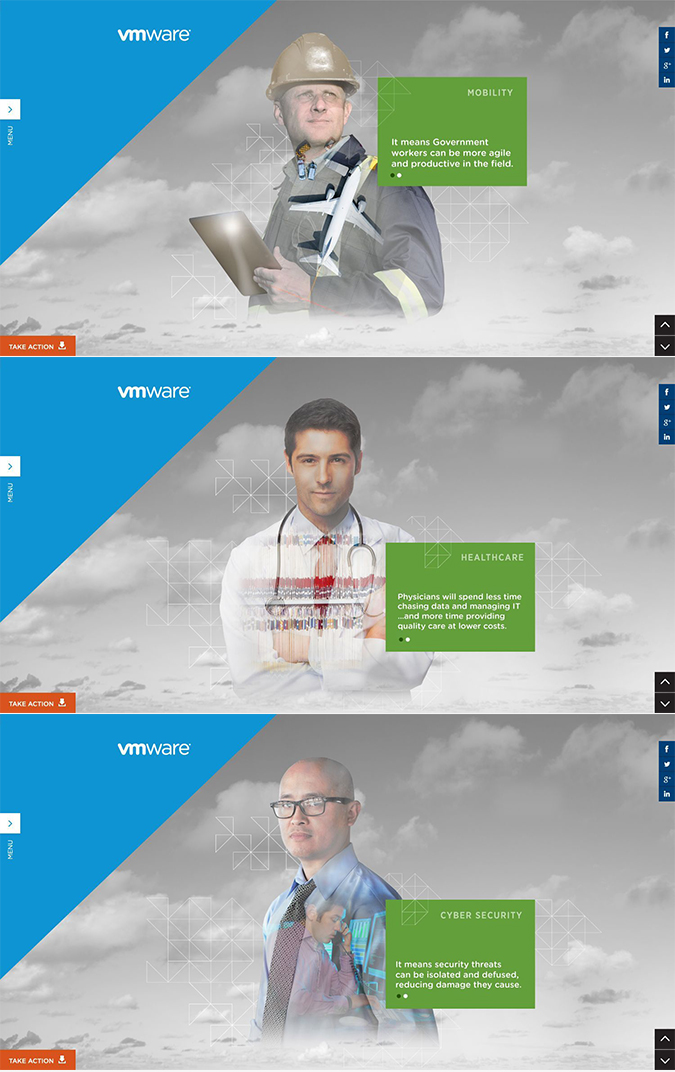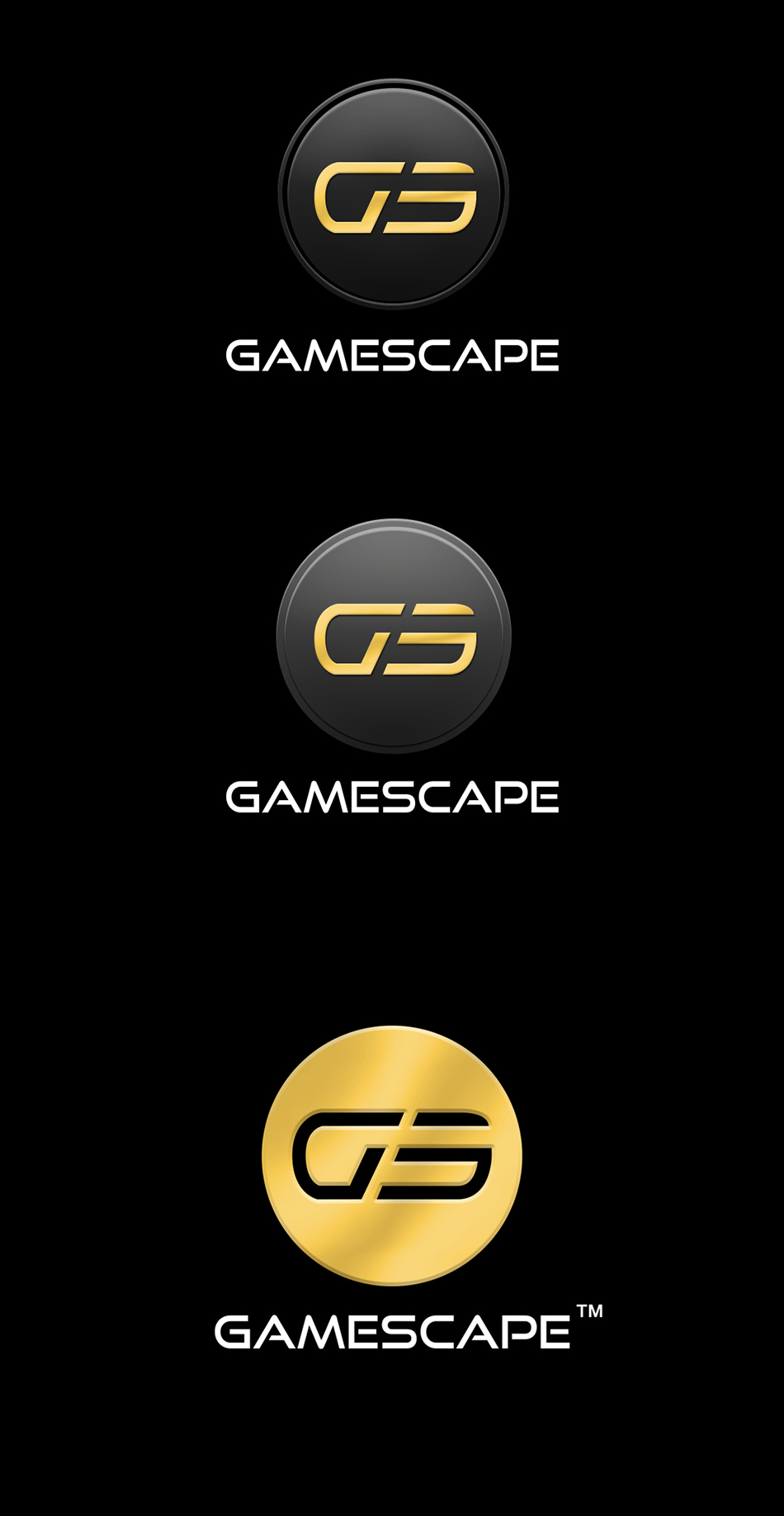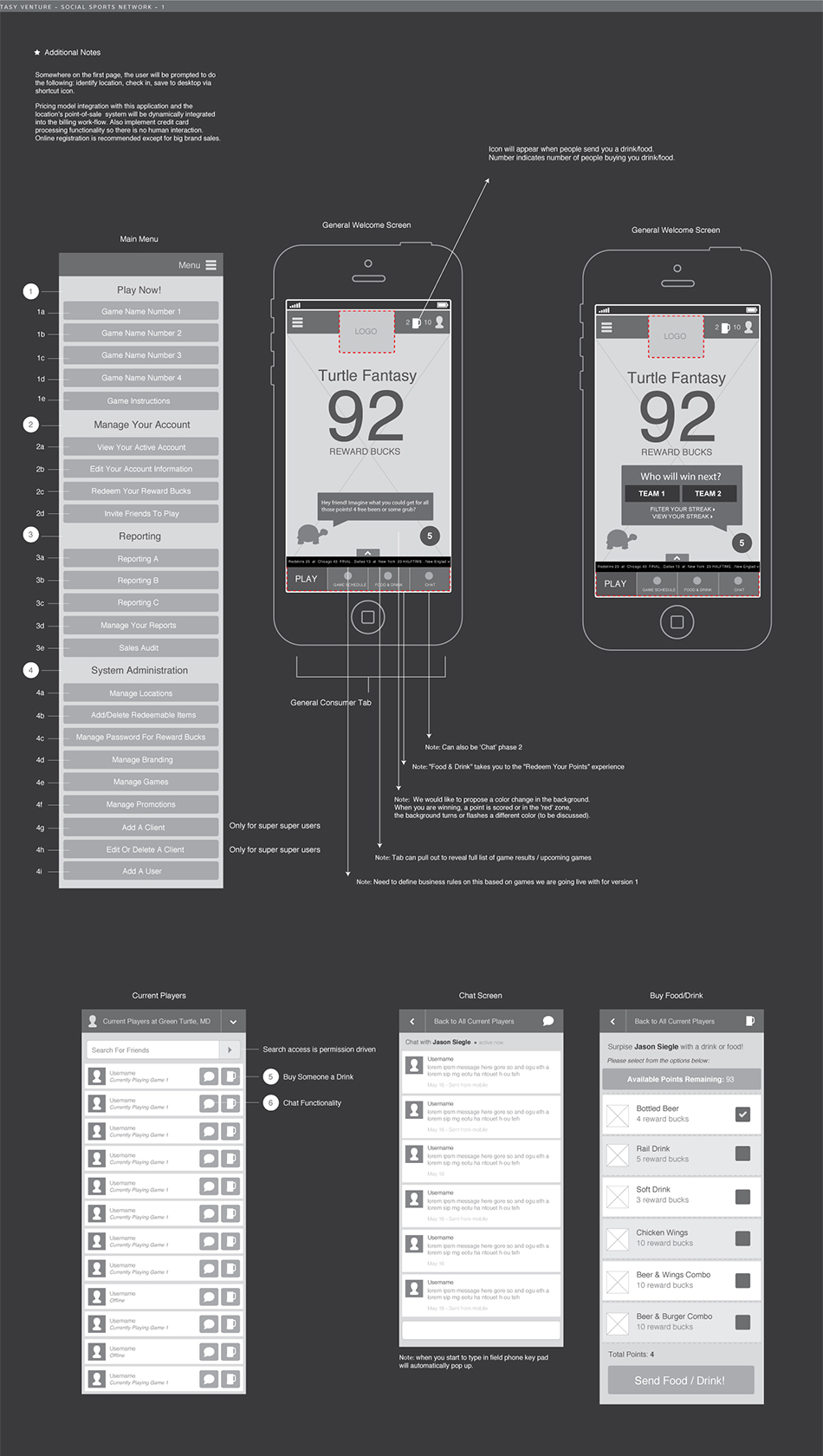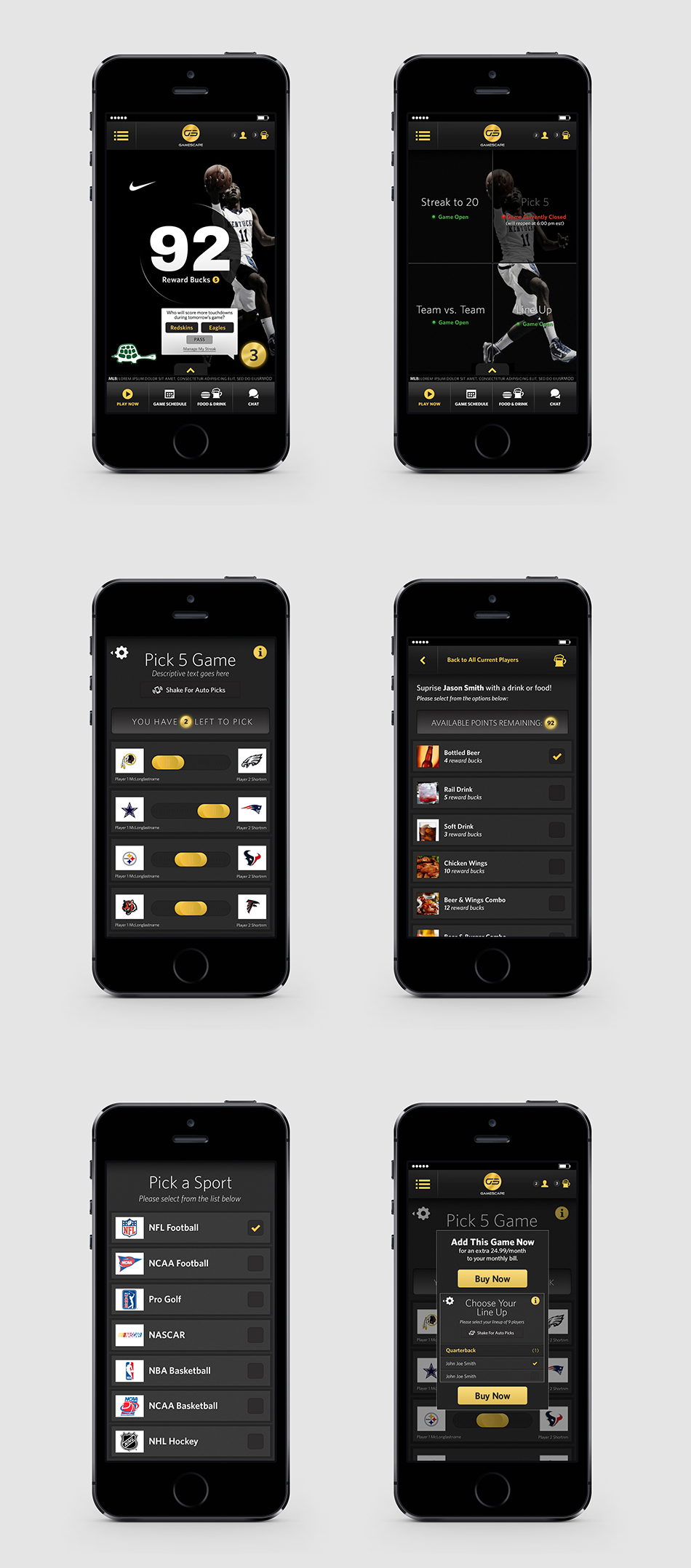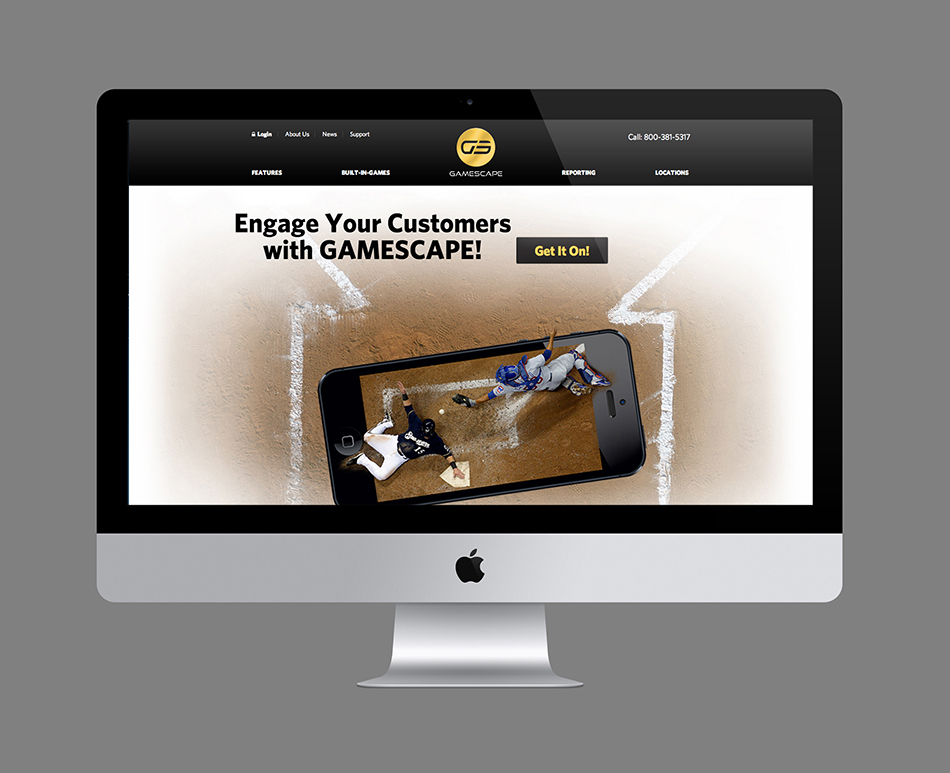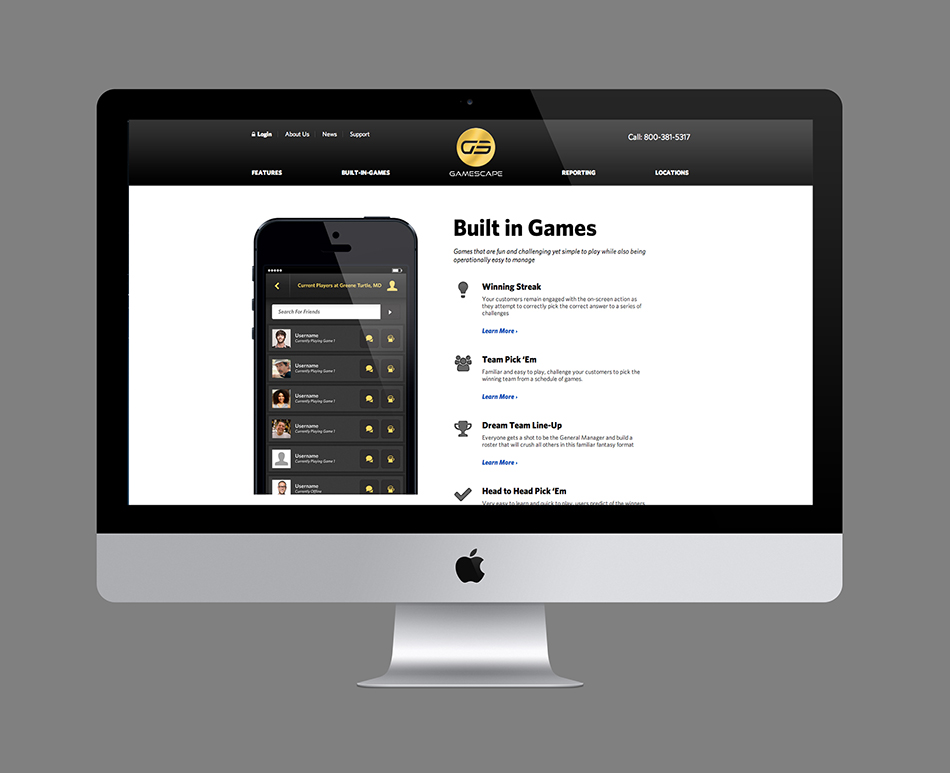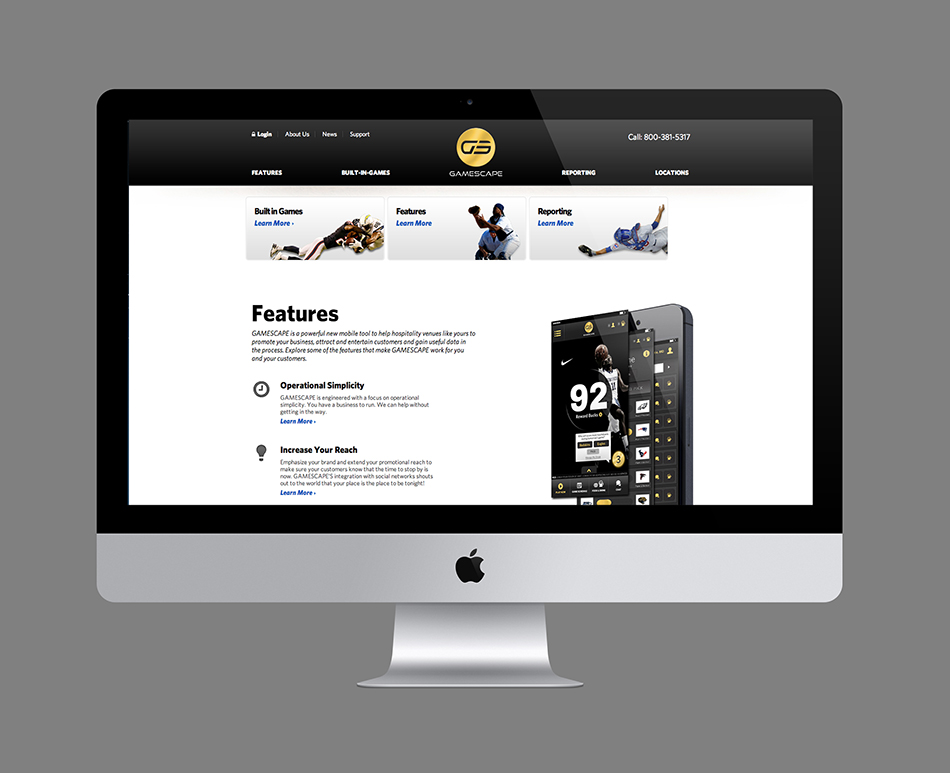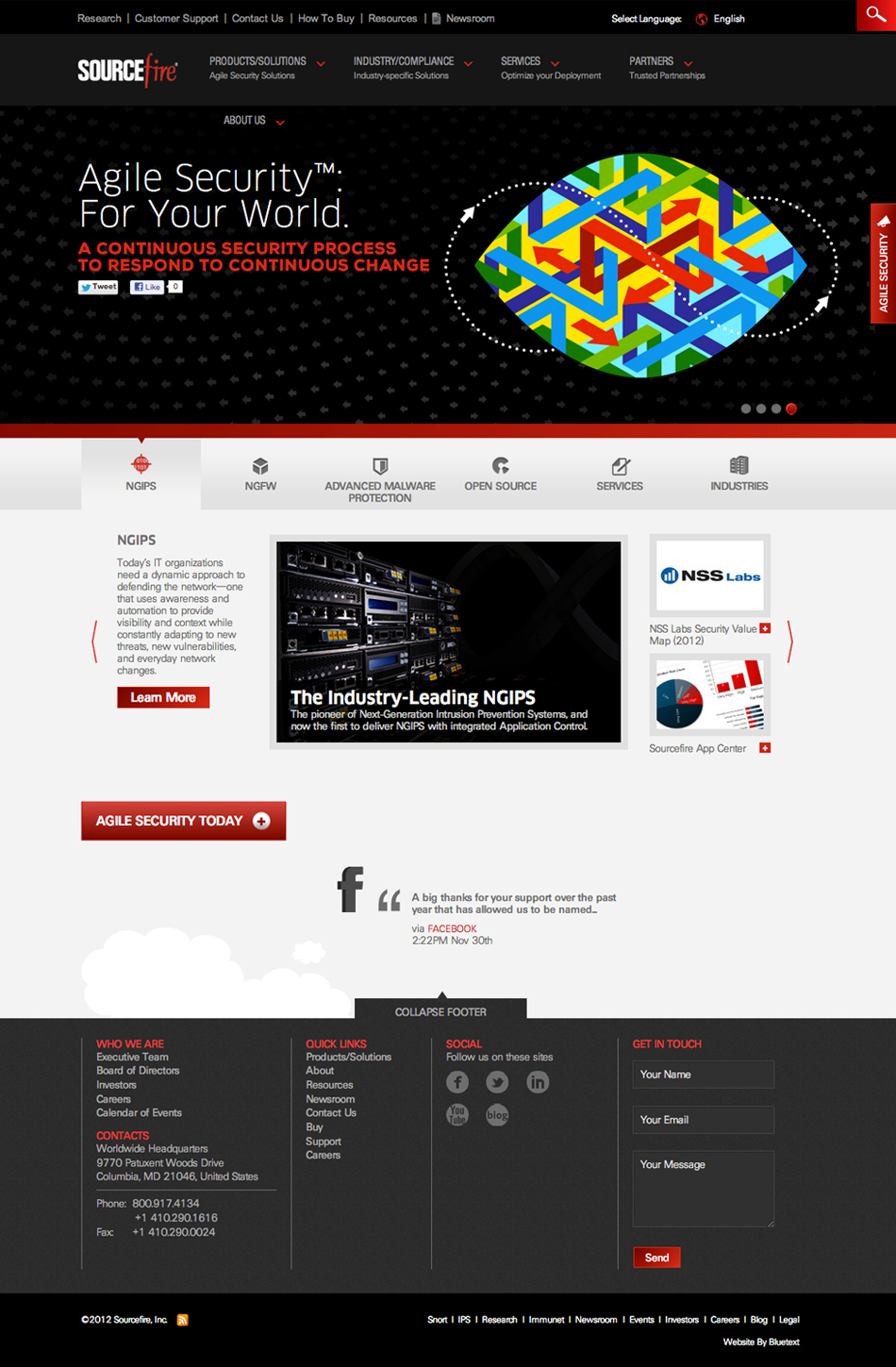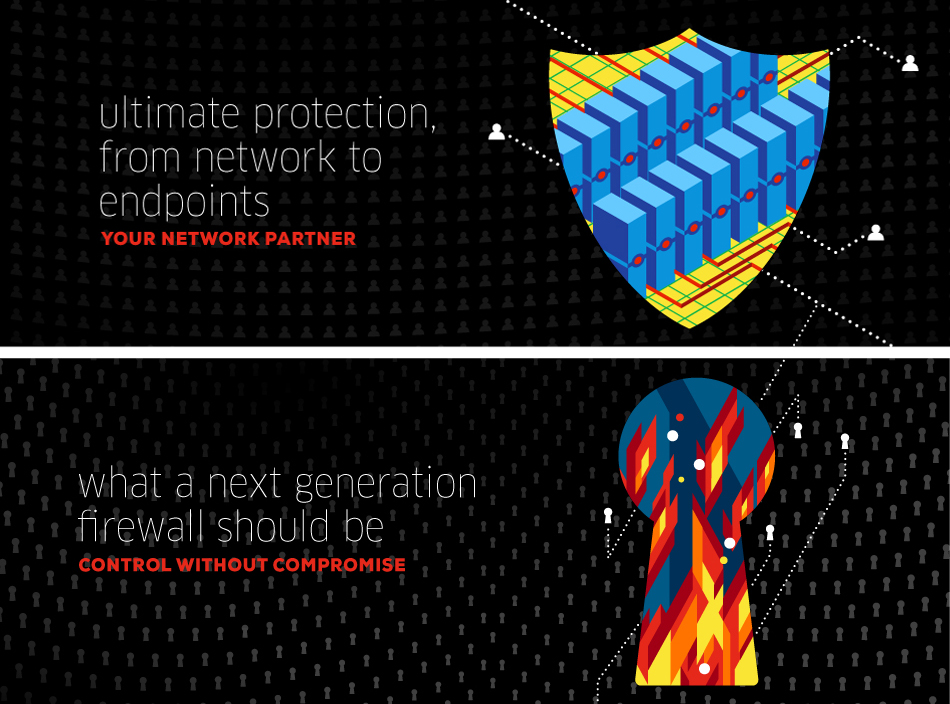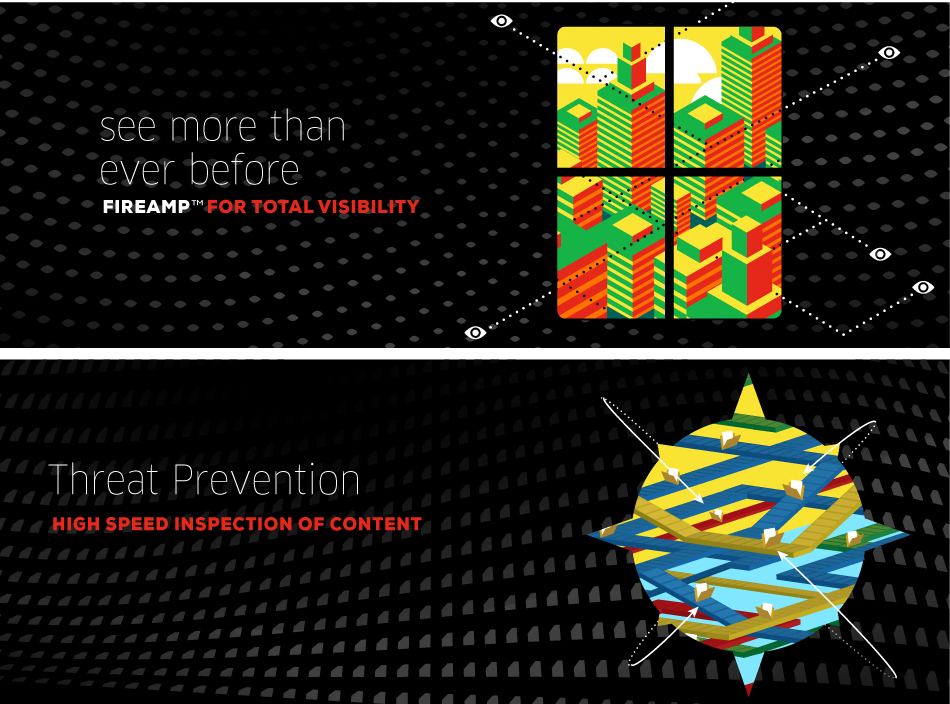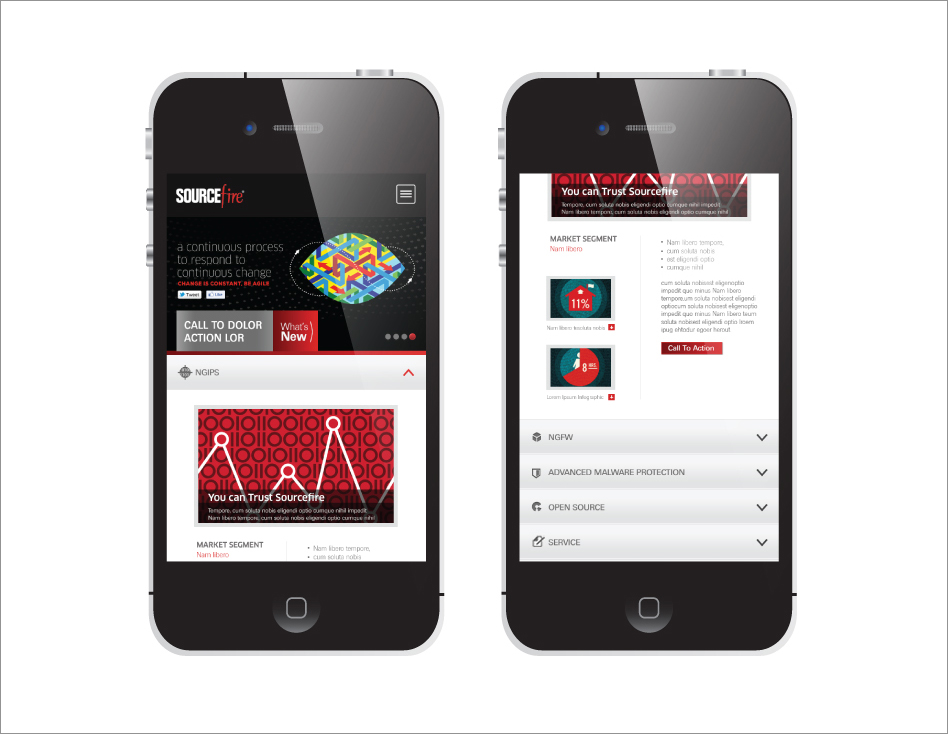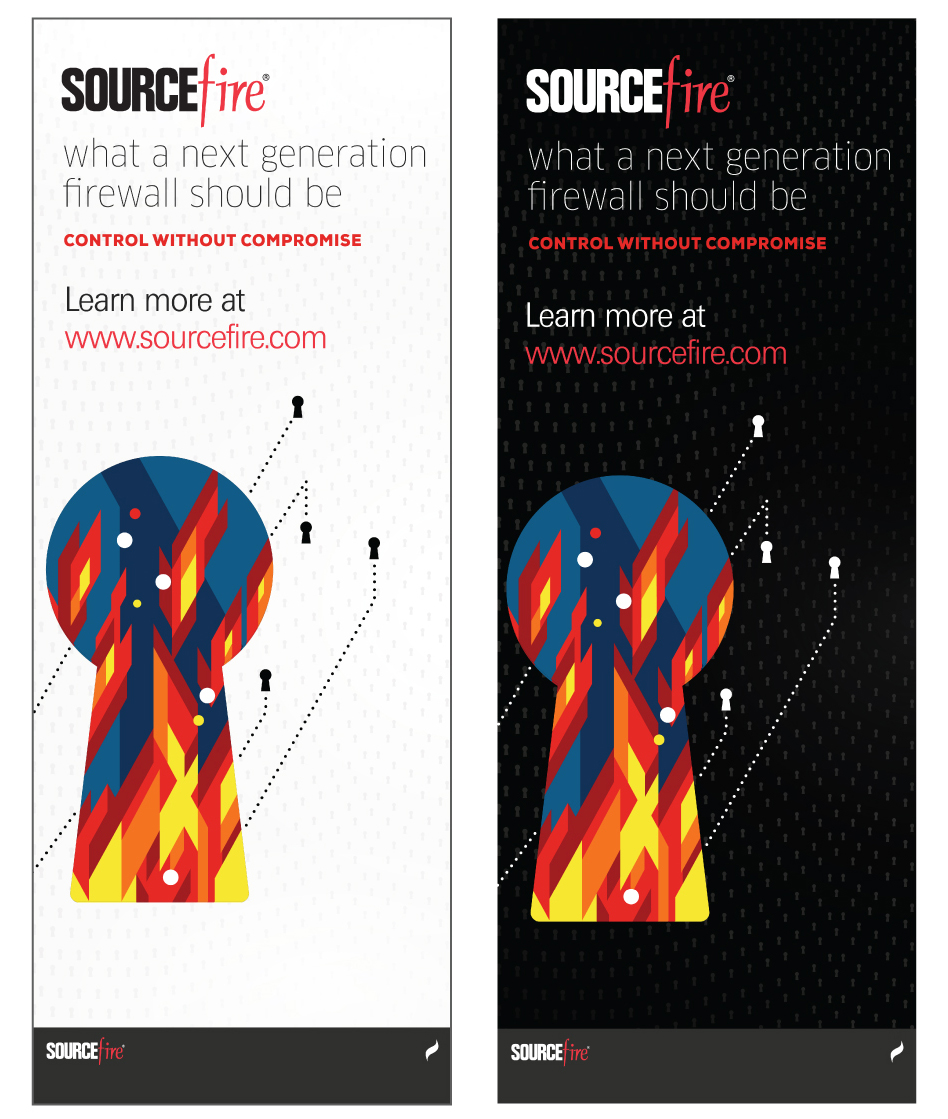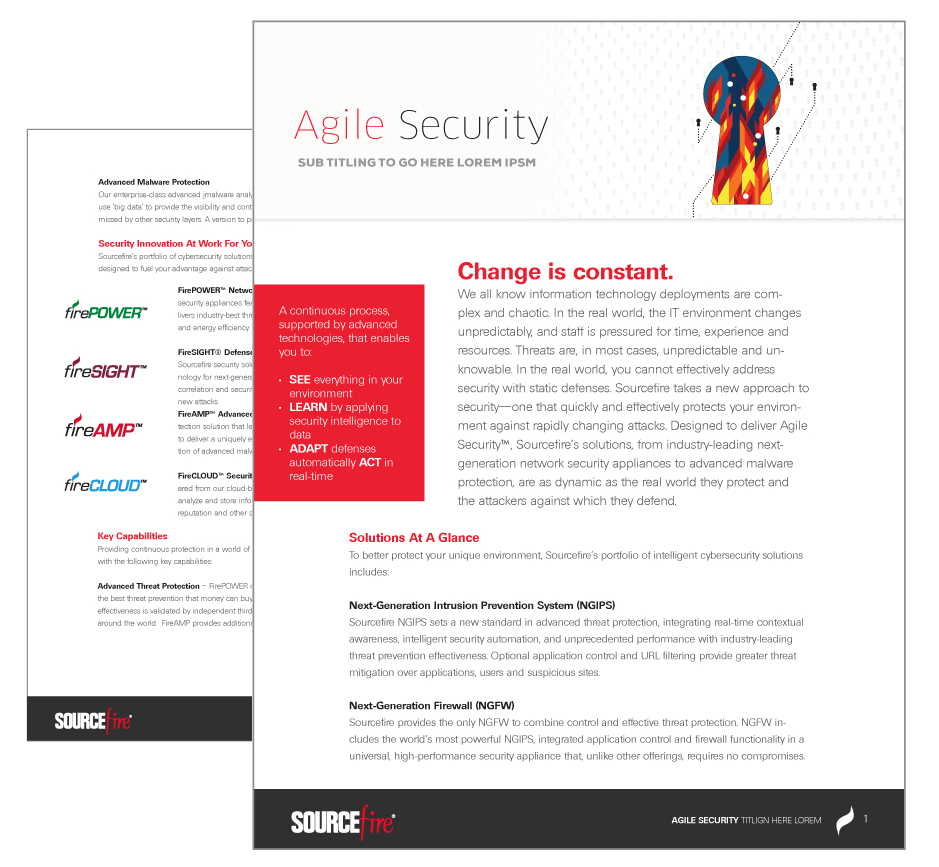The landowners of America’s working private forests had a large challenge: Few people outside the forest landowners community understood how private forests were different from Federal and state-owned forests, how their landowners were managing the lands in a way that was sustainable, and how as a result our private forests are healthy and growing. Instead, the image was often based on mis-impressions and confusion. The landowners asked Bluetext to develop a new organization, together with a name and logo and a website that could serve as the repository for information about our private forests, the landowners who serve as caretakers while harvesting wood sustain-ably, and the issues they were are facing.
Bluetext proposed that this new organization be called Forest America, and designed a logo that would convey the important connection between our forest landowners and the conservation that they bring to America’s forests.
Bluetext designed a comprehensive website that is responsive for all devices and that uses wide banners and paralax images to give a strong sense of the value and beauty of privately owned forests. The site makes has calls-to-action to get involved throughout its pages as part of the strategy to recruit members and advocates for Forest America.
Bluetext also designed a multi-image infographic with key industry facts that is embedded in a sliding graphic that is accessed on the lower part of the homepage. Additional graphical elements include large banner images with text and compelling photography throughout. Forest America includes social engagement links, and in its next phase will embed polling functions and advocacy tools that will not only make it an effective tool with policy makers but also generate its own content that can be pushed out through its various channels.
Forest America has all of the design features that deliver a site that can help the organization achieve its advocacy and recruitment mission with both state-of-the-art functionality and stunning creative assets.
The landowners of America?? working private forests had a large challenge: Few people outside the forest landowners community understood how private forests were different from Federal and state-owned forests, how their landowners were managing the lands in a way that was sustainable, and how as a result our private forests are healthy and growing. Instead, the image was often based on mis-impressions and confusion. The landowners asked Bluetext to develop a new organization, together with a name and logo and a website that could serve as the repository for information about our private forests, the landowners who serve as caretakers while harvesting wood sustain-ably, and the issues they were are facing.
Bluetext proposed that this new organization be called Forest America, and designed a logo that would convey the important connection between our forest landowners and the conservation that they bring to America?? forests.
Bluetext designed a comprehensive website that is responsive for all devices and that uses wide banners and paralax images to give a strong sense of the value and beauty of privately owned forests. ?The site makes has calls-to-action to get involved throughout its pages as part of the strategy to recruit members and advocates for Forest America.
Bluetext also designed a multi-image infographic with key industry facts that is embedded in a sliding graphic that is accessed on the lower part of the homepage. Additional graphical elements include large banner images with text and compelling photography throughout. ?Forest America includes social engagement links, and in its next phase will embed polling functions and advocacy tools that will not only make it an effective tool with policy makers but also generate its own content that can be pushed out through its various channels.
Forest America has all of the design features that deliver a site that can help the organization achieve its advocacy and recruitment mission with both state-of-the-art functionality and stunning creative assets.
At Bluetext, we help many companies and organizations tell their brand stories through a family of imagery that delivers the message, attitude, and tonality for which marketing leaders are hungering. Our clients want a platform for their brand that they can own, because as many markets become commodotized, this kind of differentiation allows them to stand out and represent their brand’s value.
Here are some recent samples:
Leveraging CSC’s brand mark, Bluetext was able to create these representative solution areas.
Gamescape produces eye-popping marketing retention programs leveraging gamification, social media, and a fire hose of sports data to deliver a completely brandable fun new experience for local and national bar and restaurant establishments across the country
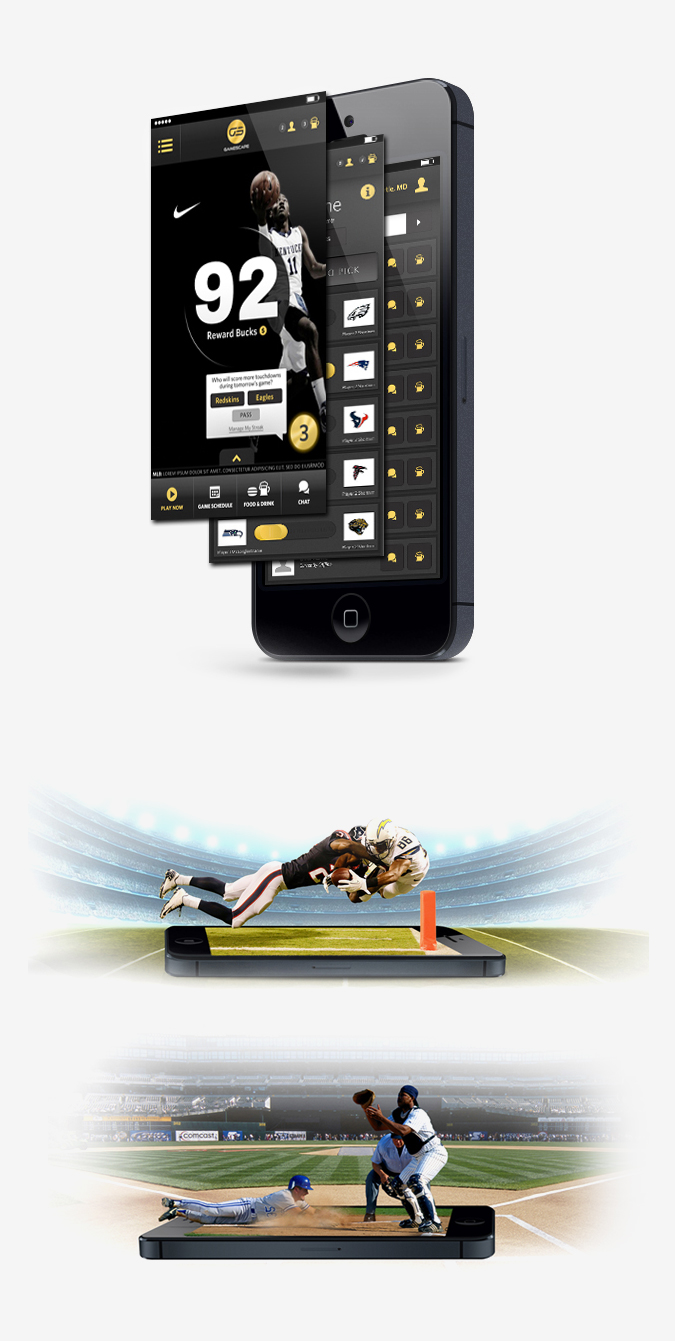
Iron Bow retained Bluetext to bring its solution areas to life in a fresh new and inviting way. Iron Bow wanted to be portrayed as approachable.
Bluetext designed a series of illustrations consistent with a new brand attitude architecture. The four dimension illustration series was used throughout hundreds of assets for Sourcefire with both a white and black base design system, following research that the black and white option would be advantageous for Sourcefire marketing.
VMWare retained Bluetext to bring its value proposition to life in a fresh new and inviting way.
Bowman needed to convey their multi discipline multi vertical end to end solutions in a visually compelling way
John Martin – Chief Operating Officer of the Washington Times talks about their new digital platform. Designed by Bluetext.
Wouldn’t it be better if car trunks had built-in refrigeration for transporting groceries? What if the shower didn’t let out water until it was actually at the temperature you set it to?
These are just two of thousands of ideas put forward on the crowdsource ideation site Betterific. The ideas referenced above are nifty, but you might wonder how they benefit the individuals who come up with them, or ultimately if these ideas will ever get on the radar of companies in a position to execute on them.
To help businesses get a better sense of how to leverage the wisdom of crowds for product, service and marketing ideation, I recently conducted a Q&A with Betterific CEO and Co-Founder Micha Weinblatt – and wrote about it in my PR Week Hub Comms column. You can read the full article here.
The Cloud continues to be one of the hottest technology themes across all enterprise organizations, and that’s no different for government agencies at the Federal, state and local levels. Then-U.S. Chief Information Officer Vivek Kundra even announced an Administration-wide “cloud first” policy three-and-a-half years ago requiring agencies move some of their systems to a cloud-based service, and while budgets are in flux, that remains a priority for agencies. I read a recent article from IBM around top technology trends shaping the government’s future, and cloud computing was right behind mobile devices at the top of the list.
While there are conflicting reports across the public sector regarding the extent to which spending Cloud spending will grow in the near term, there is no uncertainty that the underlying spend figure is massive. As a result, companies in the cloud services business face opportunities and challenges in effectively marketing their offerings to federal agencies.
At the top of the list of challenges that makes government agencies a tough sell when it comes to moving to the cloud is security. Agencies require assurances on who has access to and controls their data, and about how they will get it back if a cloud provider goes out of business, is acquired or simply disappears. Messaging that works for the commercial sector might not resonate with government executives, while concepts around hybrid approaches might be a better solution.
My partner Don Goldberg recently wrote a blog post around Ten Tips for Marketing to the Government. Thinking about cloud service providers, some of these apply. Here are five that really need to be considered:
1- Dedicated Government messaging that is clear and easy to find is essential. Agency decision-makers will not sort through corporate messaging to discern what might be important to them.
2 – Speak the language of Government. Their needs are different than the needs of commercial enterprises. Understand their pain points and realize that mandates and mission requirements are driving a lot of the decision making. At the same time, don’t become consumed in ‘defensive messaging.’ In other words, companies become so sensitive to agency cloud concerns that messaging assumes a defensive posture that attempts to negate pre-conceived notions around security and control. These pain points are important, but don’t lose sight of putting forward positive messaging on all the benefits the Cloud can deliver.
3- Easy-to-find government specific landing pages are a must. If decision makers don’t quickly find information that is directly relevant to them, they will move on to a competitor’s website. We all too often find government subpages buried deep into a site, and masked with an all too obvious government façade that will only serve to completely negate the hard work of your sales and field marketing teams dedicated to this market
4 – Get involved in the community. If you are just getting started and don’t have case studies, getting involved in the community is important. Carpet baggers don’t succeed selling to the Federal government. It takes a dedicated, focused effort and commitment to the community.
5 – Think about many marketing avenues to get your message out. Buying some radio or sponsoring one event is not enough. Work with specialists who understand the government market and how to drive an integrated message into it – the impact of your spend will be easy to measure.
Gamescape, the brainchild of two die-hard fantasy sports enthusiasts and marketing entrepreneurs, came to Bluetext with a clear mission: create a gamification experience leveraging daily fantasy sports that drives customer loyalty as a brandable solution for bars, restaurants and other venues nationwide.
Bluetext took this concept and, with the Gamescape team, and did every aspect of their branding, marketing, and platform design and development.
The first step was to develop a killer brand for Gamescape . Inspired by the gold coin patrons earn when making the correct fantasy sports selection while enjoying themselves at the venue. Here is a preview of our internal logo progression.
Bluetext started the interaction design process by performing a technical assessment of requirements gathering. We needed to create a sophisticated application that included a robust sports fantasy system , a messaging system for patrons to interact together, and profile creation with location-based geo-fencing. On top of all of that the new platform had to be visually striking, extremely intuitive and easy-to-use.
From loyalty-building rewards points to new ways to communicate with your customers, GAMESCAPE offers an impressive suite of features focused on increasing the opportunities to interact and connect with your guests while offering them new entertainment options. GAMESCAPE’s geofencing technology requires players to be in your establishment in order to join a game.
Bluetext is proud to announce its latest project launch for a new venture co-founded by two leaders in their respective industries – The National Housing Trust and Novogradac & Company LLP. Bluetext provided comprehensive digital strategy, design and development to bring this exciting venture from concept to reality.
PrezCat, an online catalogue of state and local affordable housing preservation policies launched in early 2014, allows affordable housing preservation developers, housing finance authorities, housing advocates, state and local decision makers and other stakeholder to easily search and query policies, data and programs that are most relevant to their short and long term needs. The catalogue will be useful for:
- Housing Developers to triage their ability to refinance or meet a seller’s asking price while considering how to measure the likelihood of success in a given transaction.
- Housing finance agencies to quickly compare their own tax credit Qualified Allocation Plan language to those listed in popularity order and based on our visitors’ clicks. of their peers.
- Advocates to better measure both how their states are performing against the benchmarks set by their own Qualified allocation Plan and how that performance compares to states across the U.S. In response, those advocates can set the bar higher, year after year.
PrezCat is a joint effort between the National Housing Trust and Novogradac & Company LLP and generously funded by the John D. and Catherine T. MacArthur Foundation.
National Housing Trust is the only national nonprofit engaged in housing preservation through public policy advocacy, real estate development, and lending.
Novogradac & Company LLP is a highly respected national certified public accounting and consulting firm with deep expertise and extensive experience in the affordable housing, community development and renewable energy fields.
Sourcefire, one of the world’s leading security software enterprises, enlisted Bluetext to help it address numerous marketing and positioning challenges as it delivered a new generation of solutions in a crowded and competitive market. Our first task was to gather insights through a comprehensive global brand experience audit of how its brand is used and deployed, including a thorough market analysis. From that discovery process we were able to anticipate near- and long-term needs for the company. These insights allowed us to design a new corporate visual identity system and digital platform that would represent Sourcefire’s current and emerging brand.
Challenge
The Sourcefire corporate marketing team faced a number of challenges and opportunities as it headed into its next phase of growth. Many of these, such as brand control and identity consistency, were simply the result of the brand’s successful growth and rapid expansion. Others were tied to ever-changing and advancing technologies, and the effect these were having on the evolution of the overall cyber security marketplace as well as the impact on end-user wants, needs and behaviors.
Solutions
Bluetext’s first task was to conduct a comprehensive global audit of how the Sourcefire brand was being used and deployed, including the types of branding situations it faced in the market and its anticipated future needs. This analysis ultimately led to practical, real-world recommendations that would apply to the identity system we would develop.
Bluetext designed a series of illustrations consistent with a new brand attitude architecture we designed. The four dimension illustration series was used throughout hundreds of assets for Sourcefire with both a white base and black base design system, following research that the black and white option would be advantageous for Sourcefire marketing.
Finally, to complete the comprehensive new design system, Bluetext developed a comprehensive digital strategy spanning a responsive user experience design system, an enhanced Drupal content management system, partner and resource portals, and comprehensive brand identity guidelines building on the knowledge acquired from the brand audit. This tool set not only enables Sourcefire to effectively manage its brand consistently among internal stakeholders and external partners, but also serves as a touchstone, continually reminding all audiences of the brand’s strategic intent.
Results
Cisco acquired Sourcefire for $2.7 billion within one year of the completion of this engagement. By any measure, that would be considered a pretty good result.
There probably isn’t a week that goes by when you don’t come across – on television or radio, in print, online or via social media – a research survey on a consumer or business topic. What factors lead a survey to pique the interest of reporters, analysts and social media influencers? Why do some surveys resonate with everyday consumers or workers, while others flounder and quickly fade into obscurity?
Surveys are conducted not just to generate external attention, but also to guide internal decision-making. To ensure your research survey is constructed, managed and communicated most effectively, below are 9 strategies to consider.
Ensure survey is not duplicative
Surveys are an effective tool to gain market intelligence and generate attention from key press outlets and influencers. As such, it is very likely that competitors and others in your space have conducted research that touches on similar themes. If you are building a survey designed for external consumption, scan competitor news sections to see surveys they have released, and conduct more expansive searches on anything that might resemble your survey.
If others have touched on your survey theme, it doesn’t mean you need to avoid it. Instead, develop angles not previously covered and, most importantly, understand when competitors put out annual surveys so you are not conflicting with that timing. If two surveys come out that are similar in theme but have different results, reporters will question the viability of both and may choose to avoid covering the data altogether.
Aim for contrarian results
Surveys that tend to be widely reported and viral are ones where the results buck conventional wisdom. The satirical publication The Onion once ran the headline, “Poll finds majority of Americans have never met William Dafoe.” The faux poll headline pokes fun at real surveys that come up with unsurprising results. And while this is headline news for The Onion, predictable survey outcomes are a death knell for generating survey coverage.
Generate questions that you believe might lead to unexpected answers, because results that counter expectations will prove most interesting to the market because you are telling them something they don’t know, not simply reinforcing their previously held assumptions.
Ensure data will have external and internal value
From time to time, I’m brought into a survey process near completion, and find that many of the questions have been designed for the company to gain useful intelligence for internal purposes. This could be research for a pending product launch or a company pushing into a new market. Often, the questions are suitable for internal intelligence, but rather useless for externalizing the data. This is due to the fact that the questions don’t follow a cohesive theme and are too scattered to assemble into a strong media story, lack the necessary filtering to break up results in a meaningful way, or lead to answers that are just plain boring. This is a wasted opportunity; research surveys are not cheap, and that means you want to squeeze every possible ounce of internal and external value out of it. You can’t go back and add something after the survey is complete, so take the time to think about questions and answers that can serve multiple objectives from day one.
Use surveys to support product/service launches
Contrarian and compelling results are great, but if they undermine business objectives the survey is rendered useless. For example, let’s say your company is in the process of developing or launching a new Cloud-based mobile videoconferencing solution for small businesses and want to conduct a survey showing that the small business market is demanding this type of product. Be sure to have enough knowledge of the market to surmise whether it is ready for the solution, because if survey results come back and are underwhelming, you will likely not want to externalize that data.
A better way to approach this scenario is to flip the questions and focus on what this market is looking for in a mobile videoconferencing solution from a price, features, and functionality perspective. This strategy not only generates less threatening results, but also provides valuable intelligence to ensure your product matches what the market is looking for.
For survey questions, KISS (Keep it simple, stupid)
A key objective of a survey is to generate deep, meaningful results. That said, the more complex the Q&A, the more difficult it can be to communicate survey results to the media. For example, let’s say you ask the following question: “One-third of executives who have been in their position more than five years have strong compliance measures in place.” These results are a tough sell because they introduce multiple data points and filtering into a single response, and it is unclear if this filtering even has any added significance. Develop questions that will generate clean, easy to consume data points that a reporter, analyst, business decision maker or the lay consumer can relate to.
Make data more ‘consumable’ with infographics
While there will always be an audience receptive to deep, granular survey data, most individuals do not have the time or wherewithal to sift through pages of text and numbers – no matter how compelling the results are. Instead, marketers are seeing better traction when the data is presented through engaging, visual infographics. Images and videos are used ‘tell a story’ through the data that can be consumed quickly and easily. Infographics also allow organizations to imprint their brand look and feel with the data, and direct audiences visually to data points that you feel are most significant or beneficial to broader story.
Go one step further with ‘snackable’ graphics
In the era of social media, even some larger visuals are not optimal for the condensed content formats of Twitter, Facebook, LinkedIn and Vine. To ensure that survey data can be easily communicated via social channels, create ‘snackable’ or ‘bite-sized’ graphics that are scaled down to a more shareable format. These graphics are sized to remove the extra step for consumers of the graphic to have to click on a lick or navigate to the full-sized graphic.
Use survey results to anchor thought leadership
Sure, many organizations conducting a survey might build a white paper or report around the date and put out a press release, but this leaves several other opportunities on the table. Don’t be the organization that spends $50,000 on a survey, has the results come in, and only then asks what they are going to do with the data.
If the results tell a strong story, extend the life of the results by building content around the data, such as byline articles that can be placed in target publications, webinars, conference speaker entries, and slideshare.
Create a home for your survey
Depending on budget and ultimate objectives, there is value in creating a digital home for your survey to live at for an indefinite period of time. If the survey is unique enough in nature, it is not uncommon for the data to be cited by press, analysts, and even other companies for weeks and months after the survey is released. If organic search leads individuals to a landing page that is dynamically updated with complementary and current information – rather than routing searchers to a dated, static press release – the benefits of the survey can have a long shelf life.
This digital home can include other types of content referenced in this column, such as infographics, white papers, byline articles and videos that support the data or relate to it.
– See more at: http://www.agencypost.com/9-pr-and-digital-marketing-strategies-to-promote-a-marketing-survey/#sthash.E4HMxGxi.dpuf

